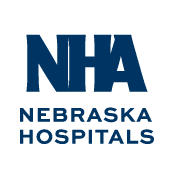Key Components of an Effective Workplace Violence Prevention Program: Leadership Engagement and Communication
Leadership engagement is a key element of establishing an effective workplace violence (WPV) prevention program. However, insufficient leadership involvement remains a significant concern in the development and reinforcement of hospital WPV prevention programs. In fact, a survey conducted by the National Nurses United group in 2020 and 2021 revealed that 59% of nurses and healthcare workers reported that their employer fails to change practices to reduce the risk of violence after an incident, among other findings. In addition to leadership engagement, robust communication processes involving staff, patients, families, and caregivers are an important workplace violence mitigation strategy. Review of case studies involving active shooters has revealed communication barriers between staff and patients as a possible root-cause of violence.
Join the Telligen, IPRO, IHC Compass, and Alliant HQICs for the second installment of this WPV webinar series to learn methods for engaging hospital leadership in developing strong WPV prevention plans and strategies for improving communication with patients and families to mitigate violent events.
Learning Objectives:
1. Define the role of hospital leadership in promoting a culture of safety and preventing workplace violence.
2. Identify root cause analysis opportunities to develop stronger WPV prevention plans and implement best practices in the organization.
3. Explore effective communication strategies to de-escalate potentially violent situations.
Who should attend: Hospital senior leaders, risk managers, quality improvement leaders, unit managers, patient advocates, and Patient and Family Engagement leaders
Speaker: Brian Feist, BSN, RN
Emergency Preparedness Clinical Subject Matter Expert & Lead Telligen

